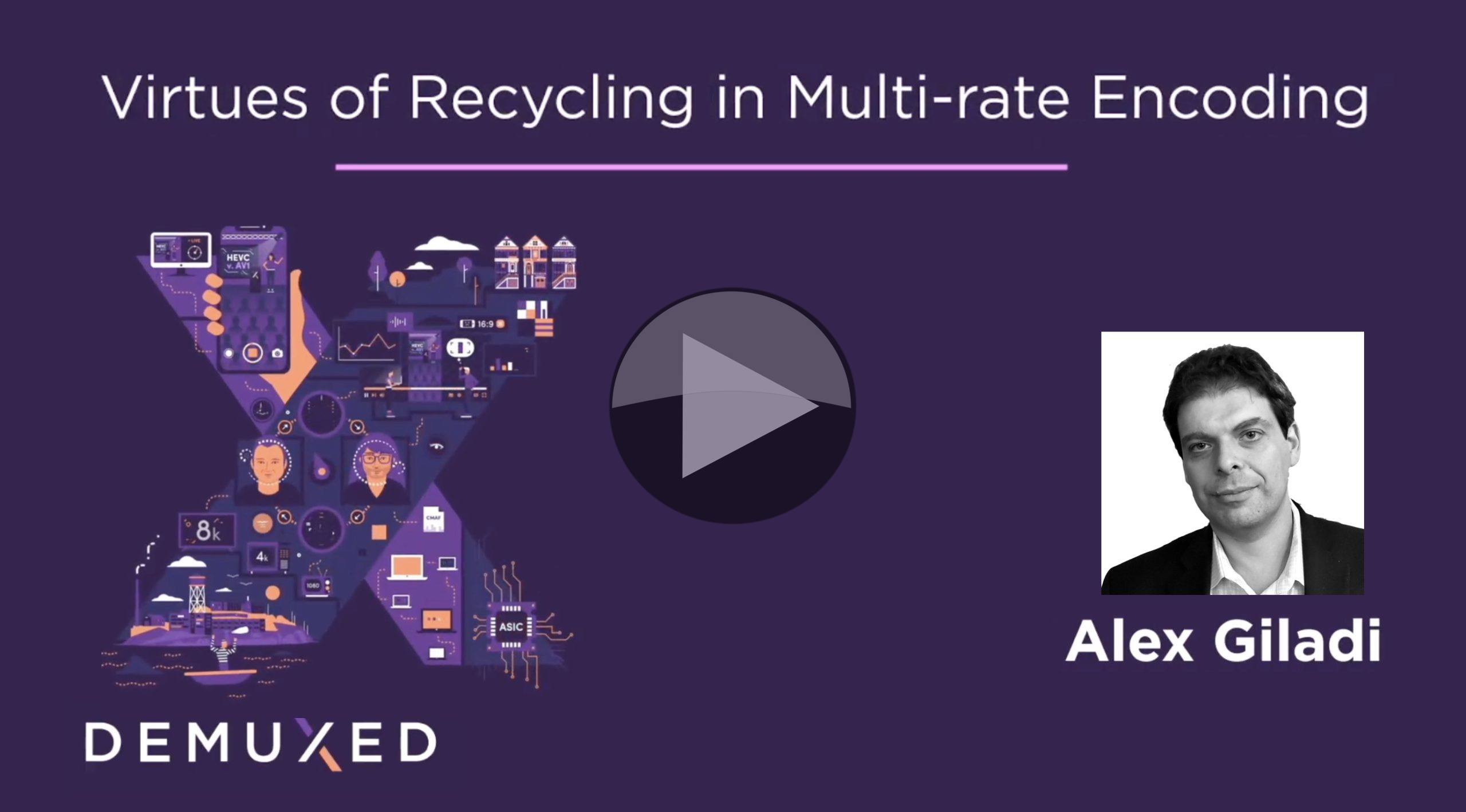Recycling may be good for the environment, but it turns out it’s good for bit rate too. Remembering that MPEG (and similar) video compression includes splitting the picture into blocks, decomposing them into basic patterns and also estimating their motion, this talk wonders whether calculations made on the blocks and the motion of these blocks done on the SD picture can be re-used on the HD picture and then again on the UHD picture. If so, this would surely reduce the computation needed.
“The content is perceptually identical,” explains Alex Giladi from Comcast, “…the only difference is how many pixels it occupies.” as he highlights the apparent wastefulness of ABR encoding where the same video is taken in multiple resolutions and encoded independently. The technique starts by analysing the lowest resolution video for motion and re-using the calculations at a higher resolution. Naturally there are aspects which can’t be captured in the lower resolutions, but also there are sensitivities to the bitrate so Alex explains the refinement options which have been developed to adapt to those.
As the talk wraps up, Alex presents the results found which show that the quality is not degraded and there is a better than 2x speed increase. Finally we look at a real-life flow of encoding.
Watch now!
Speakers
 |
Alex Giladi Distinguished Architect, Comcast |


